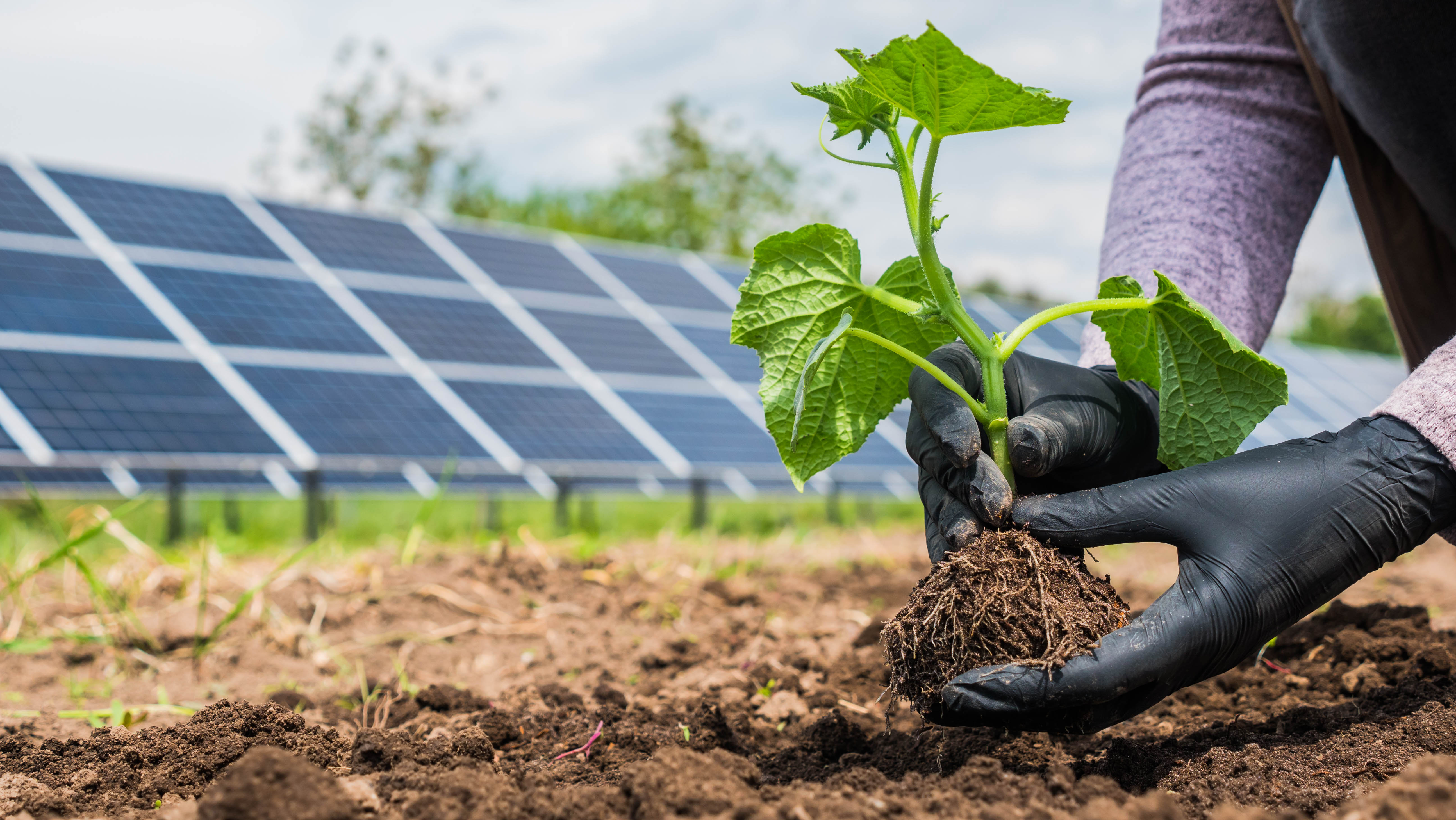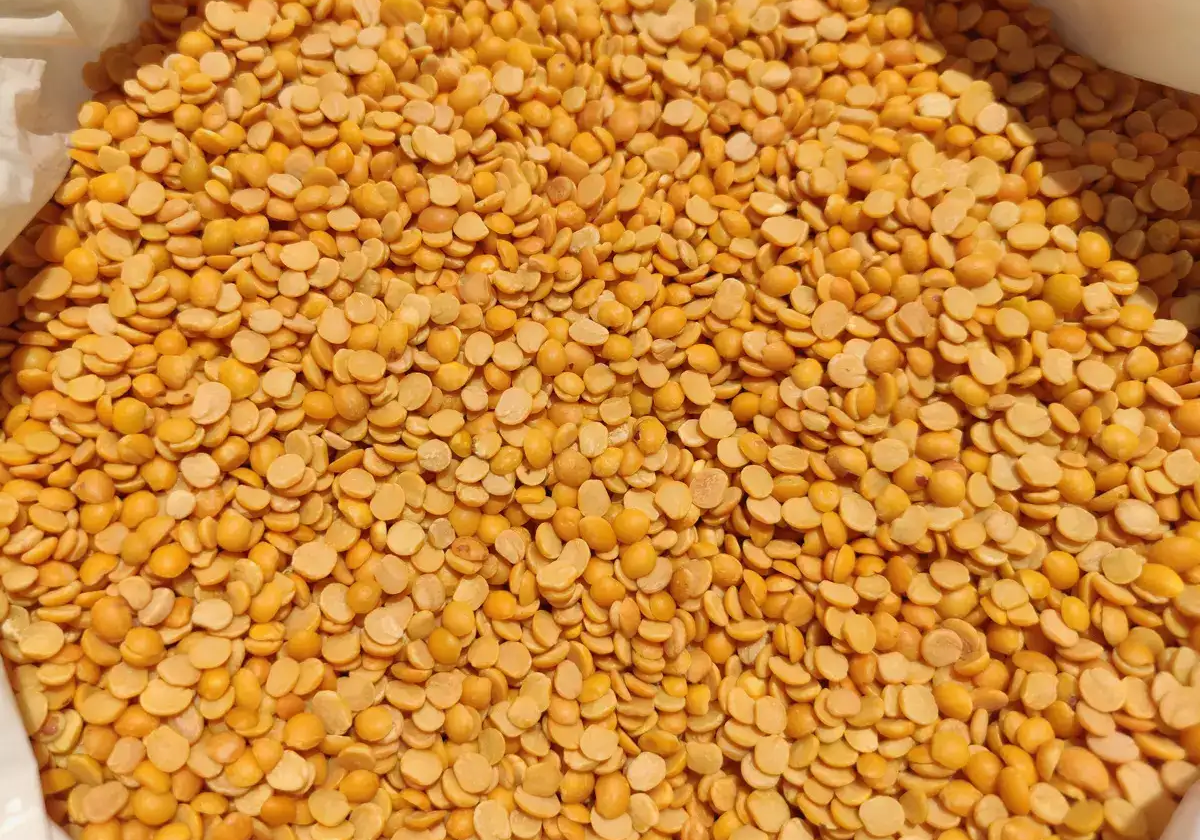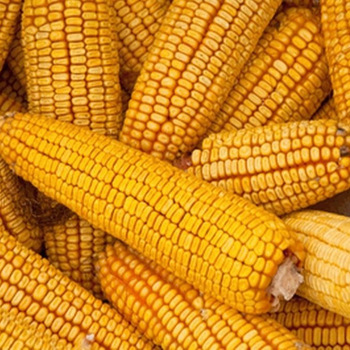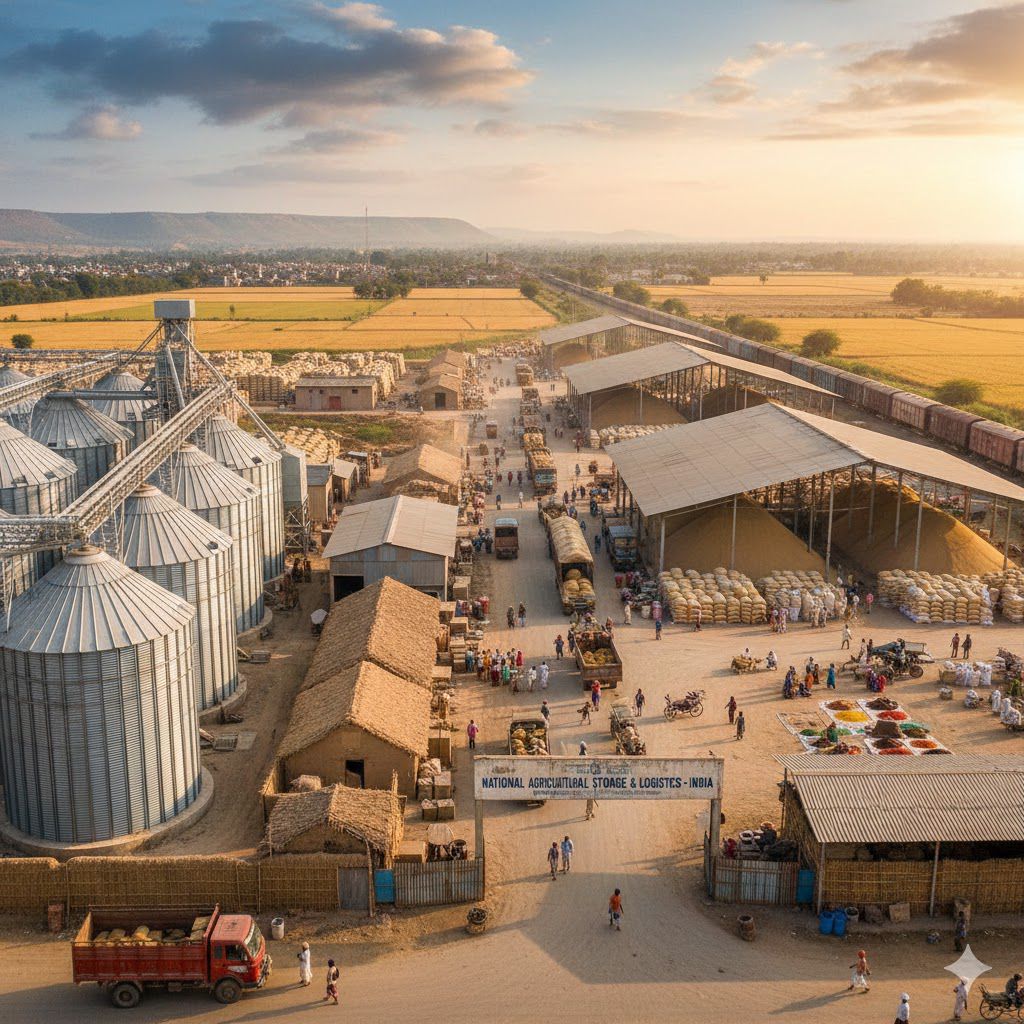As world leaders gathered at COP27 amid a global energy crisis in November 2022, climate change and renewables were sharply in focus. According to UN General Assembly Presidents, increasing climate resilience across food systems will be needed to counter rising hunger and malnutrition.
Agrivoltaic farming could solve both of these problems. In simple words, agrivoltaics is growing crops using solar panels. In 2021, the global agrivoltaics market was valued at USD 3.17 billion. With a CAGR of 12.15% from 2022 to 2030, the market is likely to reach around USD 8.9 billion by 2030.

Agrivoltaics is a new technology that promises to improve food production and reduce water use while creating energy and additional revenue. The solar panels are placed on the same land where crops are grown by growers to harvest the sun’s power twice. These solar panels also help in the efficient growth of plants grow by requiring less water. And certain crops appear to thrive when grown in such environments, according to several recent studies.
But how exactly do solar panels help plants use less water?
Agrivoltaics is a collaborative & cooperative relationship where the solar panels and the crops benefit each other & perform better.
- Plants have a limit to using sunlight for carrying out photosynthesis.
- Once reached, any light beyond that point doesn’t help the plant grow; it only increases its water demand.
- Solar panels can be placed to allow plants an adequate amount of sunlight.
- The excess sunlight can be harvested for electricity & produce more than without crops below them.
- The electricity can run the farm with electric tractors and equipment and power precision ag technology that helps further reduce water usage.
- Extra remaining energy can be stored in battery banks or saved for consumer use.

Conclusion
To solve the sustainability equation, the central part will be increasing the world’s solar energy capacity. Also, the UN estimates that in the next 30 years, the global population will rise by an estimated 2 billion people, and land will be at a premium. Agrivoltaics is one way of using the same land area to produce more food while also rolling out more renewable energy sources.








 Connect With Us
Connect With Us